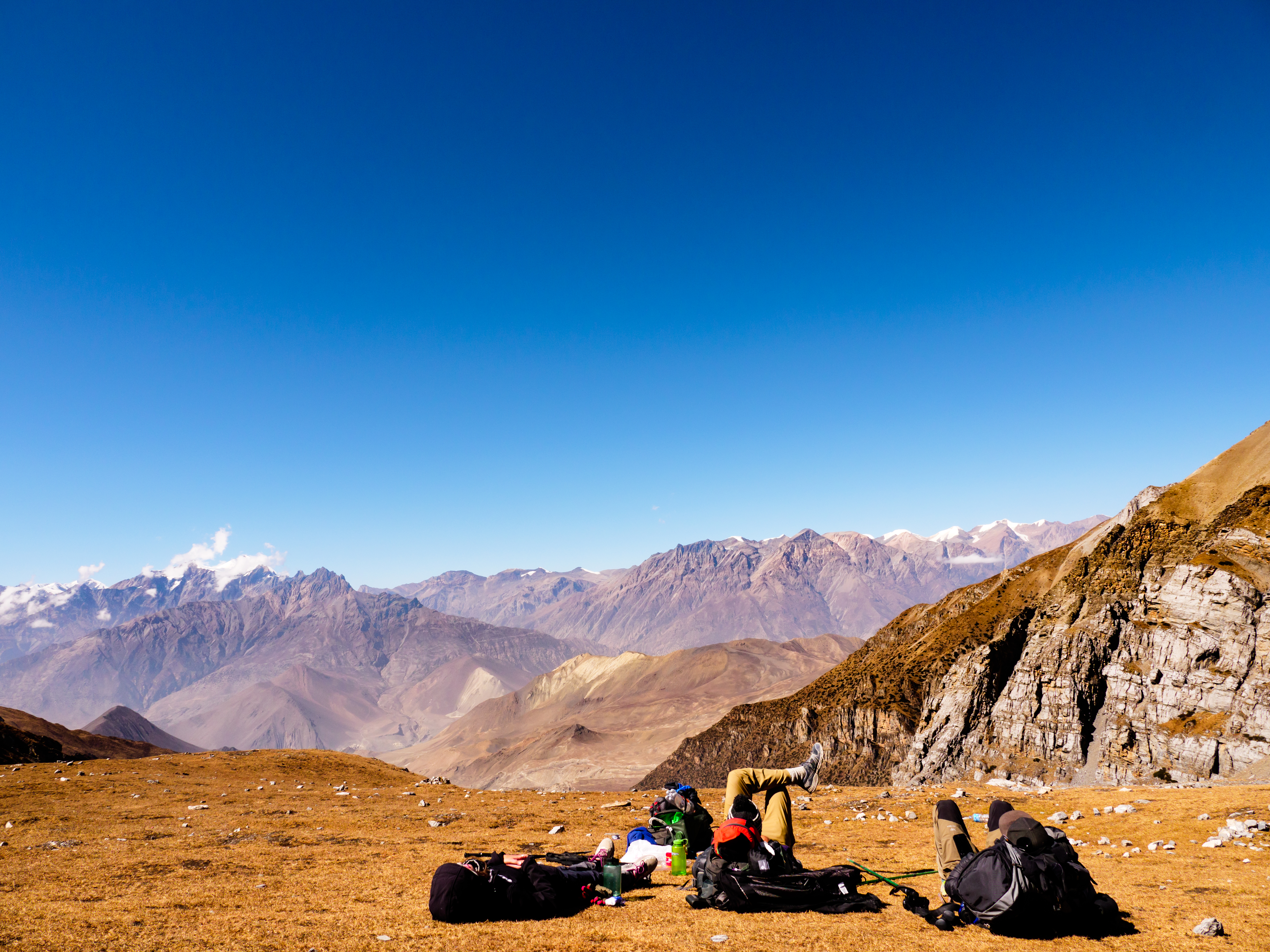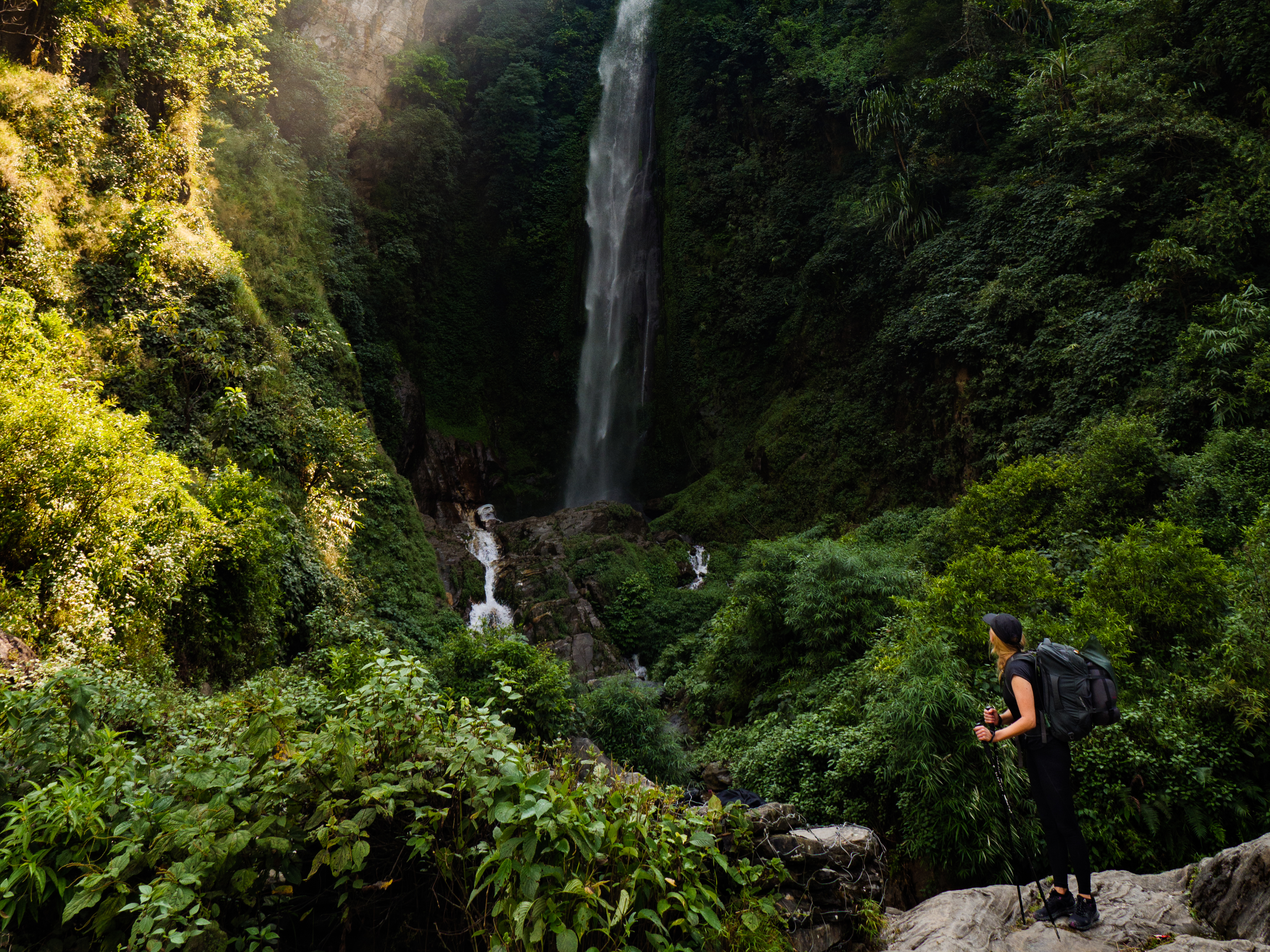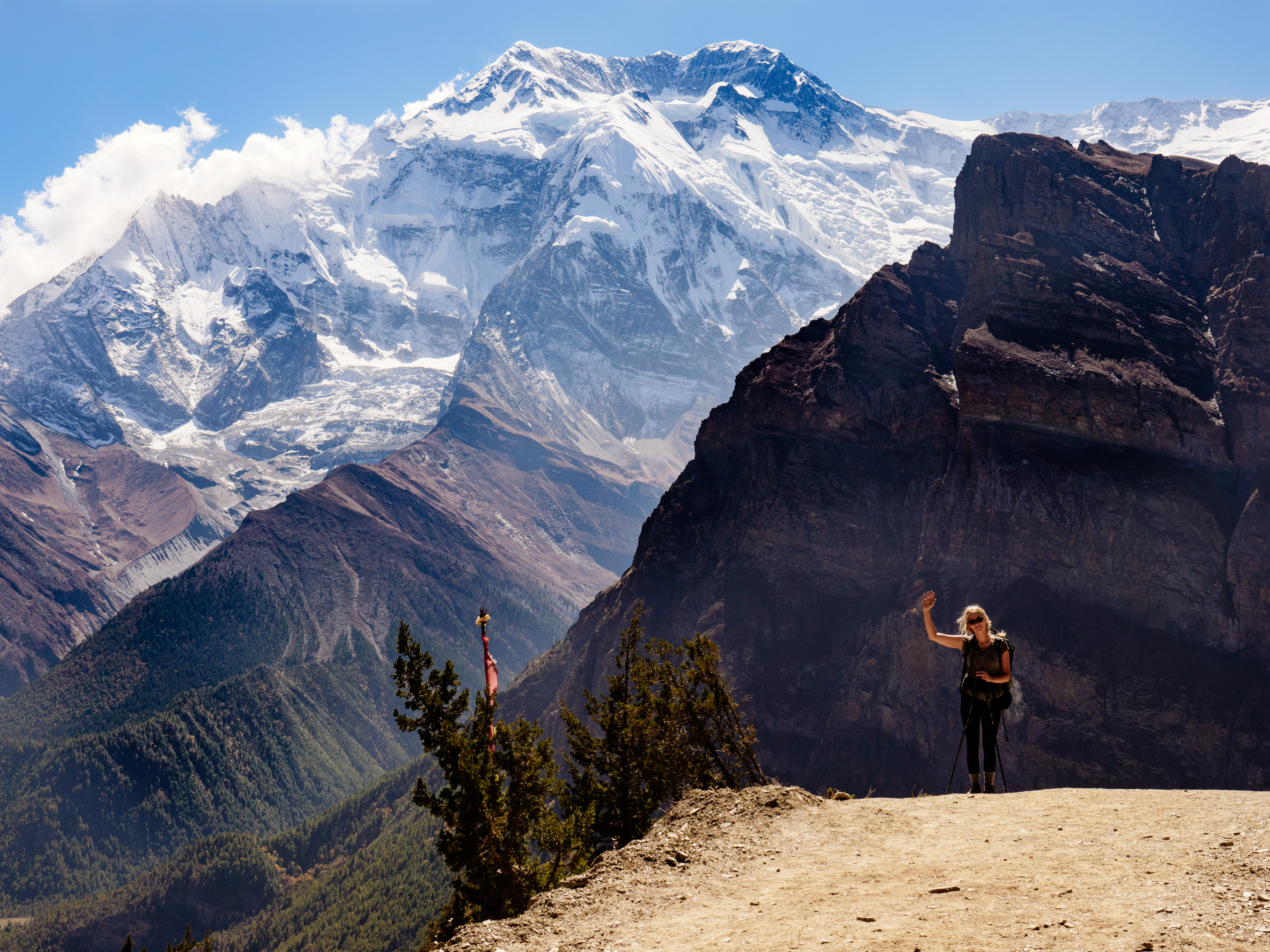Hiking and trekking is becoming more and more popular and is no longer a way of travel that only appeals to those who know how to make up a fire or can survive several days without food in the forest. It is promoted and available to the masses, who are largely a bunch of real beginners. And it is a truly amazing way to travel. It is cheap, you use your own body and immersed in the natural world in a way you very much aren’t traveling by car or plane. You will meet new people, you will see new animals and you will enjoy so many beautiful sunrises and sunsets that you’ll almost get tired of them.
I just returned from my first really long trek that lasted for 16 days in the Himalayas and I wanted to make a short preparation list for everyone doing their first trek. This is my beginners’ guide for trekking that I wish I could have read before my first proper trek.
1) Don’t have a too-pressed time schedule, and take breaks
On popular trekking routes you will meet people that are planning to do the trek in half the time you were thinking. Don’t let this influence you to walk longer or faster then you want. It is supposed to be fun! A normal cold could easily make you miss three days of your trek. Plan for more than enough days to finish your trek at a slow pace, and don’t worry about what anyone else thinks. This will ensure your trek is an amazing experience instead of a fight against time.
2) Choose the desired comfort level of your trip
Trekking doesn’t mean that you’re only allowed to sleep in a tent on a mountain. There are different options. At some trekking routes there are guesthouses where you can sleep and buy food, whilst at others there are free cabins open for everyone where you can use the kitchen to prepare your own food. Before choosing a destination, a good idea is to think about what level of comfort you expect of the trek and choose your destination based on that.
3) A Headlamp is cool
And so helpful when you need a wee at night or hear some weird animal sounds outside your tent or cabin.
4) Trekking poles are also cool
I know that you will feel like your mum on her morning walk, but my knees would be destroyed for life without these amazing little walking sticks. They are also the perfect tool when you want to point at beautiful mountains and wild animals in a more dramatic way.
5) You’re not yourself when you are hungry
Bring enough snacks to be able to get lost, get back on track again, realize it is too windy to get the fire working and notice that you’ve run out of gas in your gas stove. My best trekking snacks are Snickers (fat, sugar and loads of calories – all in a little bar) and nuts (filling, take up no space, easy to eat on the go). This will also make you to a much more friendly trekking pal and you’ll be able to handle any drawbacks a bit better.
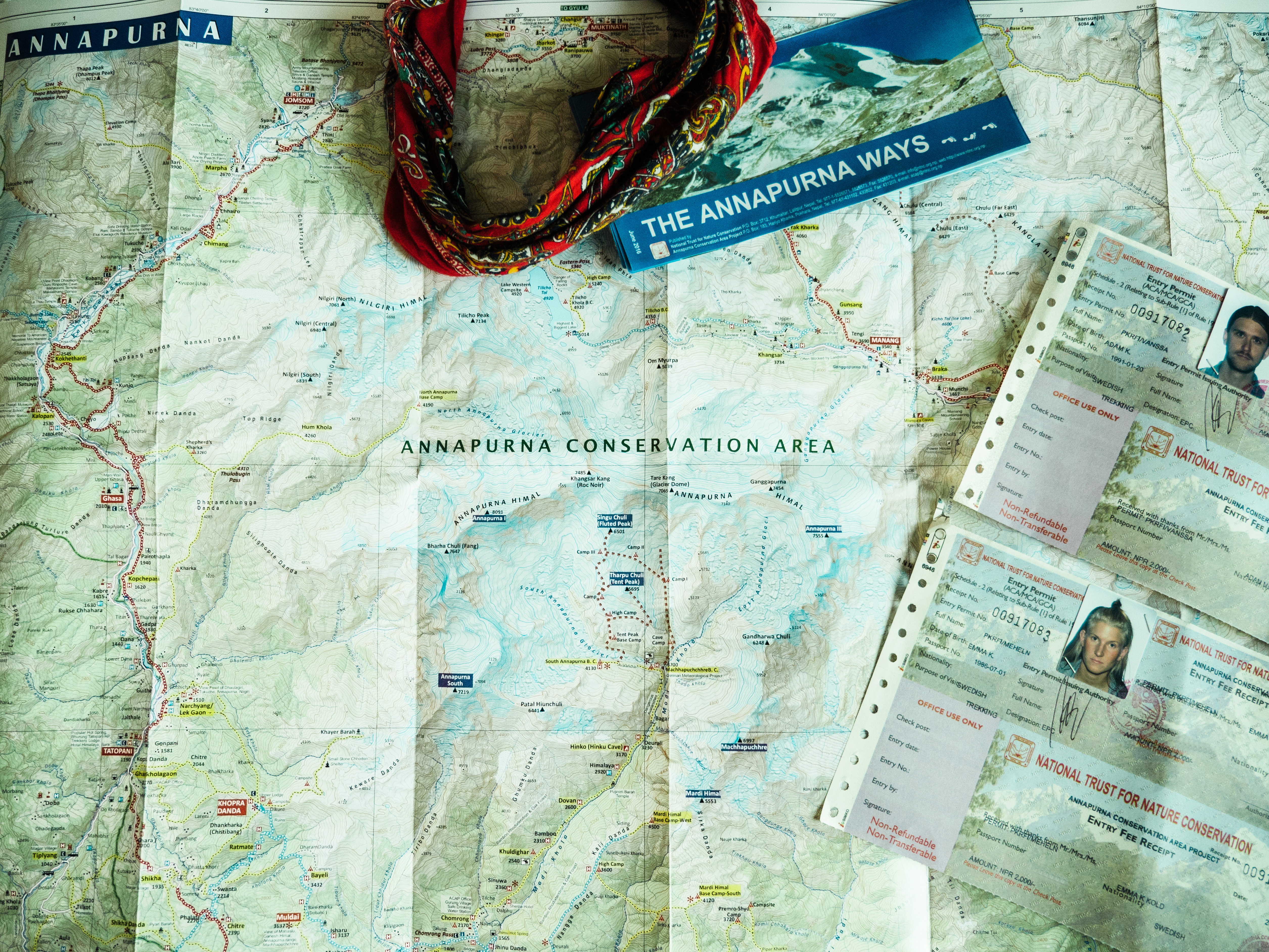
6) Don’t rely on your phone – buy a map
Even though most countries have 4G pretty much everywhere and Google Maps works perfectly offline, things can go wrong. Your phone might stop working due to the rain or cold. The battery might run out. And a small path might not be visible on google maps. Spend those 10 extra dollars on a proper trekking map and you’ll feel much more safer.
7) Always bring more toilet paper then you think you will need
Just trust me on this one. It is light to carry but a disaster if you run out.
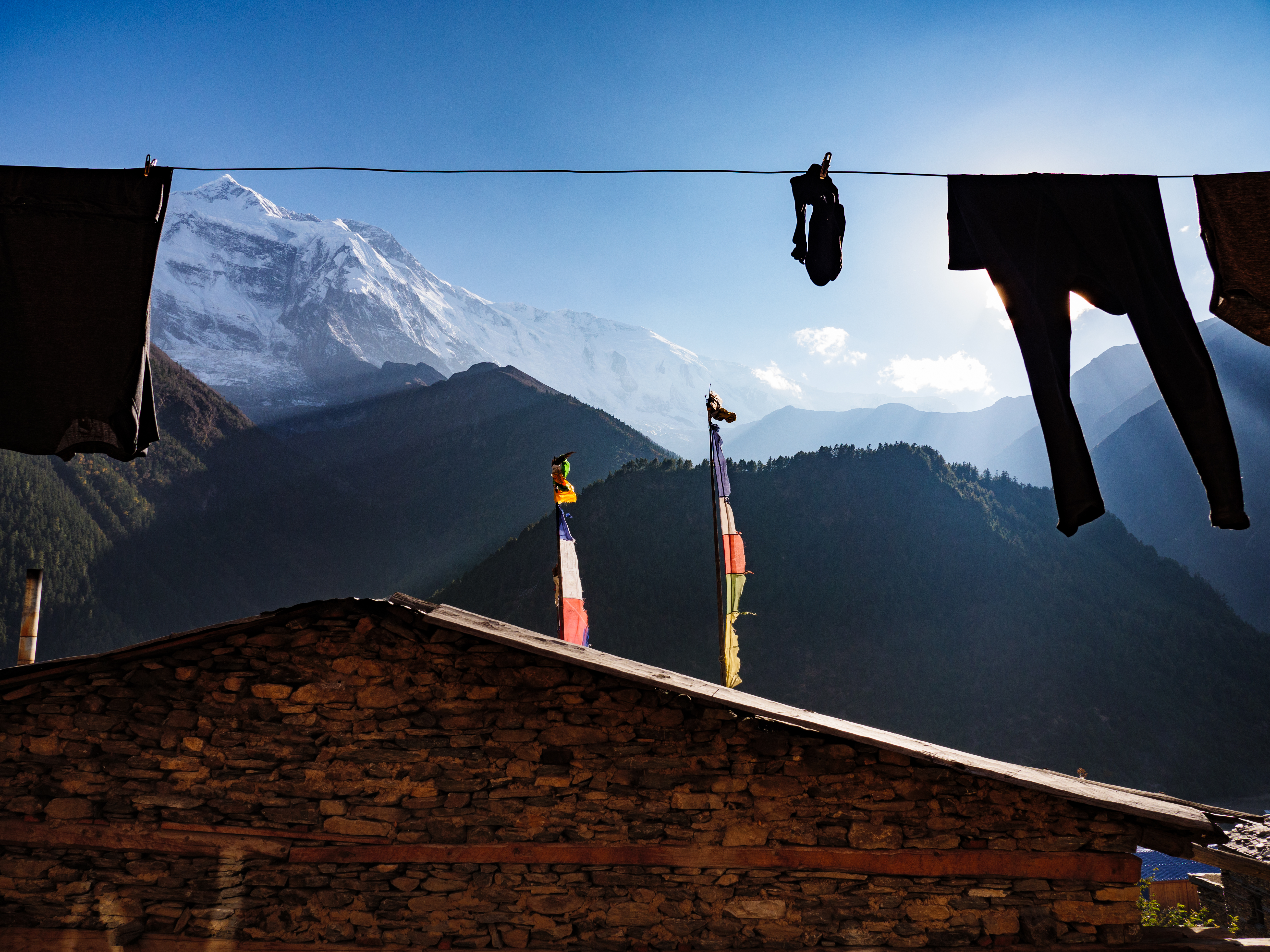
8) Bring a piece of string and clothes pegs
Clothes will get dirty, smelly and wet. To knot a piece of string between two trees and hang your clothes over night is an easy way to make them as new (almost) again.
9) Use a water filter
Food is important – but water is even more important. Buy getting your own filter you can drink water from lakes and rivers as well as tap water in countries where you normally can’t drink the water. You don’t have to carry a lot of heavy water, and you can make sure you will stay hydrated and healthy during your trip. There are also water purification tablets available, but the water will taste like a swimming pool and all the small particles will still be in there. I am all about filters over tablets.
10) Pack light enough to enjoy the views
I met some guys from Israel that had hired porters for their trek, and they told me the real advantage of having a porter is that you can enjoy the nature more. I don’t believe that you need a porter to be able to enjoy the views, but I do think there is a point in that if you have a too heavy bag, all your concentration will go to the weight of the bag instead of the beautiful surroundings around you. Really kill your darlings when packing your bag for the trek – and be prepared to wash some clothes on the way.
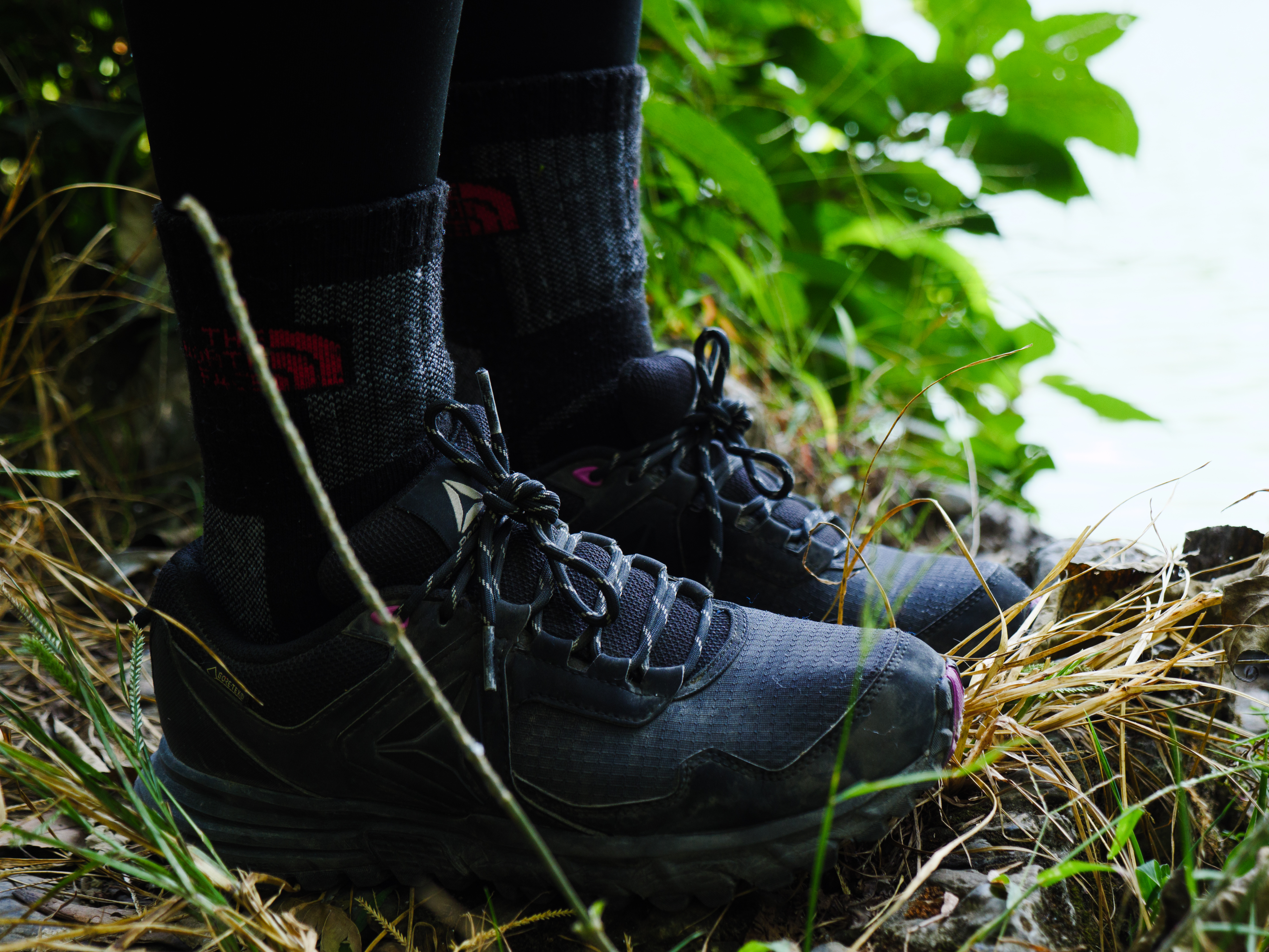
11) (I might get shit for this but) Sneakers are ok
This obviously depends on the weather you will be walking in; for high snow you might need a great pair of hiking boots. But nowadays there are loads of trail walking sneakers on the market. They are much lighter, you won’t get blisters as easy and they are quick drying. I had 0 blisters during my 16 days of trekking while my friend with hiking boots had 8 in one day. Coincidence maybe – but I also think sneakers are much more friendly to your feet. Especially if you need to buy new shoes for the trek.
12) Baby wipes
Lifesaver when there is no possibility to either a shower or swim. Just make sure that you don’t leave any used ones behind!
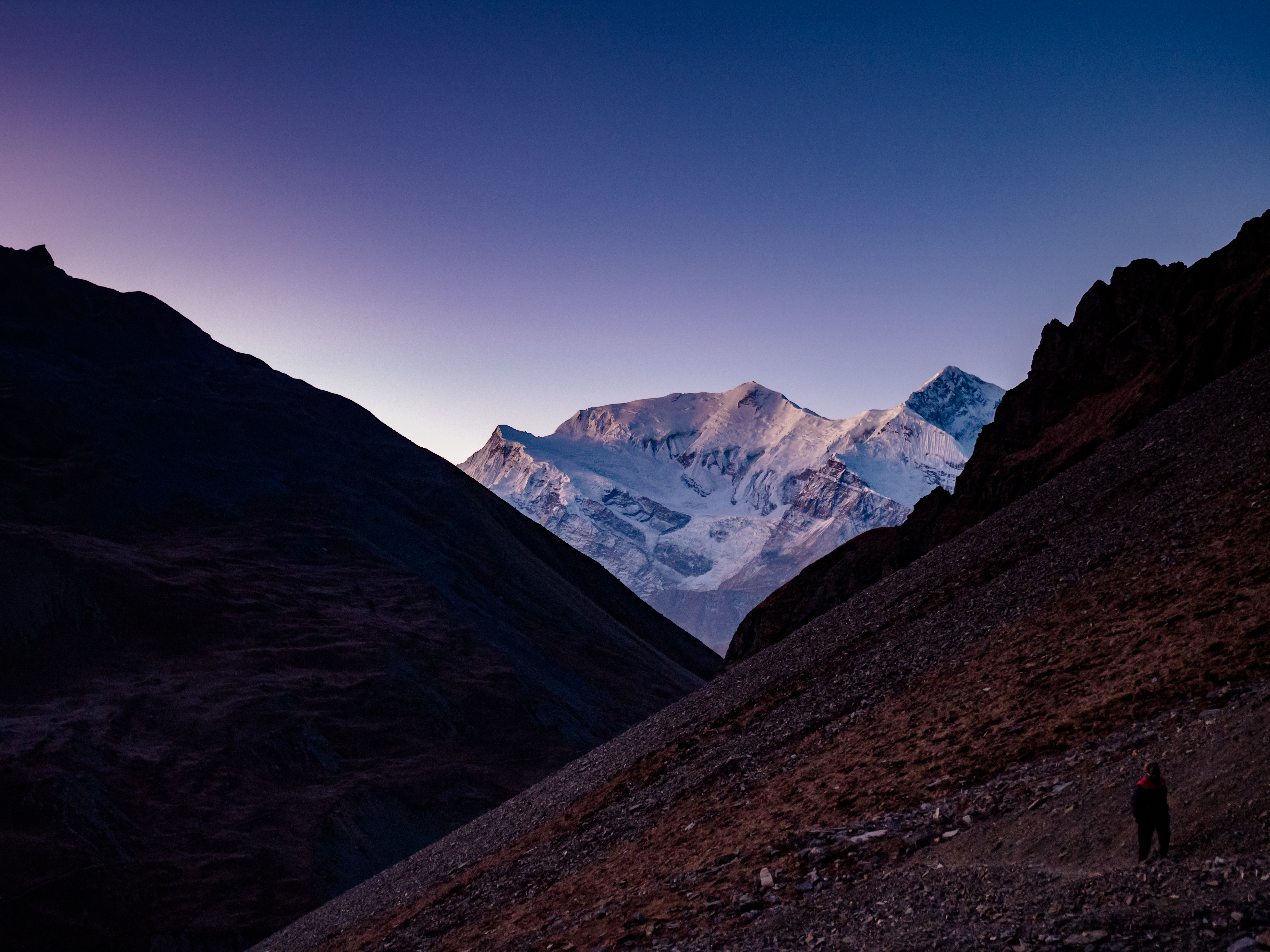
13) Trek with the sun
This usually happens automatically, but get up with the sunrise and go to bed with the sunset. It will probably change your normal sleeping habits, but it is so much nicer to follow the sun instead of thinking about the time. (This might be hard in northern Scandinavia during summer though, where it is light 24/7).
14) Get yourself a high quality sleeping bag
If it will be cold, get yourself a real down sleeping bag that can handle up to -20. If it will be warm, a silk travel sleeping bag might be enough. If there is anywhere you should spend a few extra bucks it’s on the sleeping bag. Because without a good night’s sleep, trekking will be no fun anymore and you will spend your days longing to get back to your soft, cozy bed at home.
15) Polyester might be like wearing plastic (it is) – but it will dry in minutes
When choosing your clothes for your trek, you don’t need to buy the most expensive ones – but be practical. A cotton t-shirt might take two days to dry after a rainy walk while a cheap polyester tee will dry in half an hour. It is also much more lightweight for your backpack.
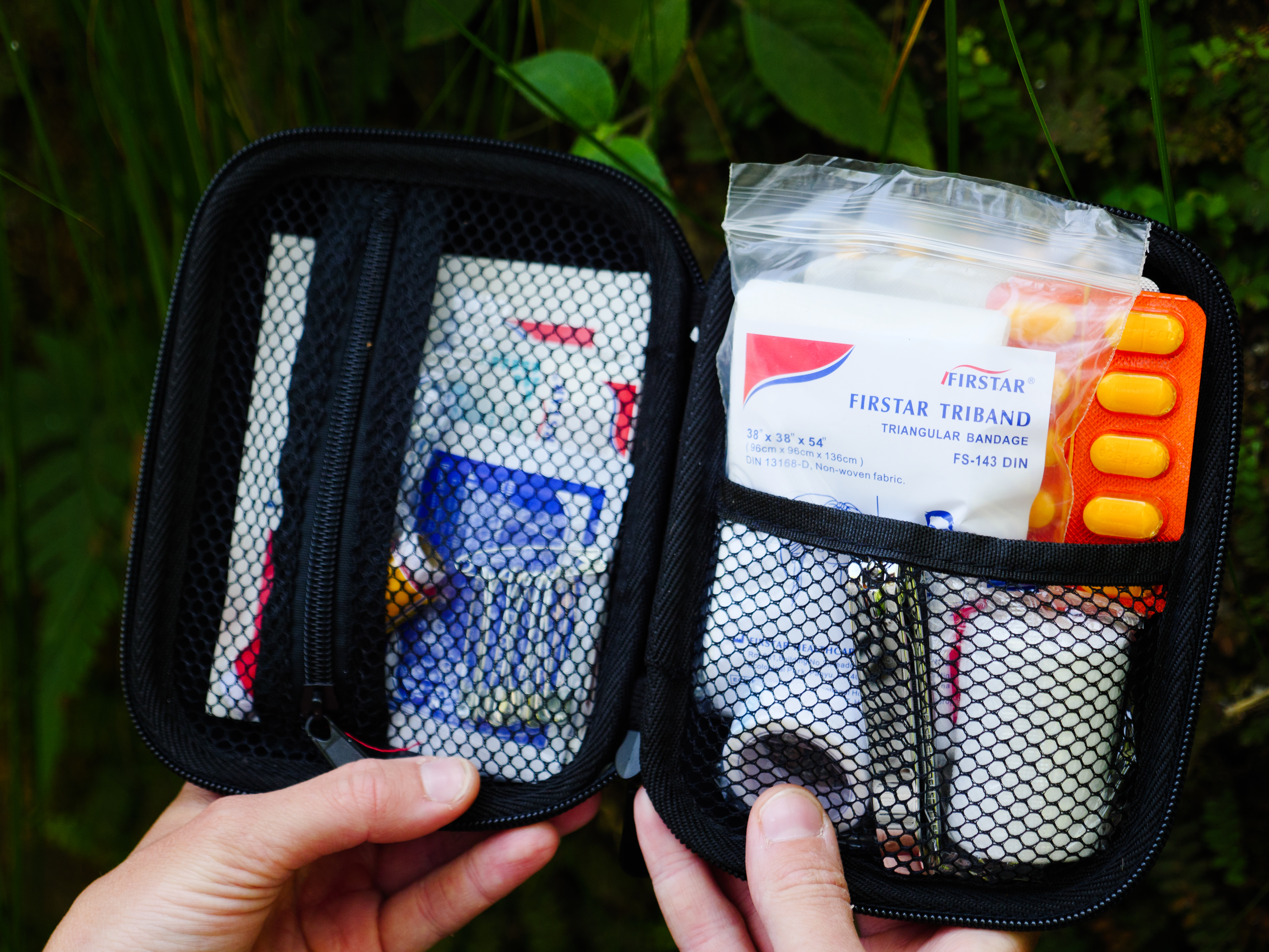
16) Bring a good first aid kit
To have a good first aid kit with plasters, painkillers, bandages, safety pins, superglue, a pair of scissors and some tape is crucial when out trekking. It will not only save you if you get a bad cold during your trek or your ankle starts to hurt, but also when the sole of your shoes is about to come off, or your jacket zip breaks.
17) Check the weather and have your own ”weather-man” at home
A snow storm at the trek I did in the Himalayas killed 43 people in 2014. Unexpected weather can be a real disaster in some cases and in others it will just make you spend the next two weeks freezing since your clothes won’t get dry again. To check the weather in the morning before you start the trek is a must. And if you feel unsure about the availability of internet – get someone at home to be responsible for calling you if they see that there will be big weather changes.
18) Buy some playing cards
This is the best way to make new friends during the trek, as well as the perfect way to spend the last hours before you go to bed when you are too tired to concentrate on a book.
19) Beware of altitude sickness
While trekking and hiking are becoming more and more popular, a very few are informed that over 3000 meters above sea level, most of us will get sick due to the height if we don’t plan our trek in detail. It can even lead to death within a few hours. Basically the air gets thinner, and our bodies react to that in many different ways. If you are planning a trek in the mountains, make sure to get yourself informed about how to avoid altitude sickness before you go. And this is not to scare you off from go trekking in the mountains! It is the most beautiful place to go trekking. As long as you don’t go up too fast, there should be no problems.
20) Use a backpack made for trekking
Well I didn’t. I had a really great backpack that is amazing for organized packing, easy to use as hand luggage on a flight and not very big or heavy. But it really sucked when trekking. The last two days my arms were numb from the weight on my back. Next time I will invest in a real trekking backpack. It may well be your only friend for a couple of weeks – and you are better off liking each other.
Do you love to go hiking? What are your best tips? Let us know in the comments!
